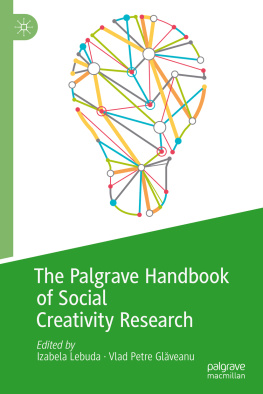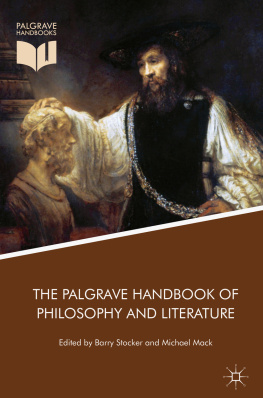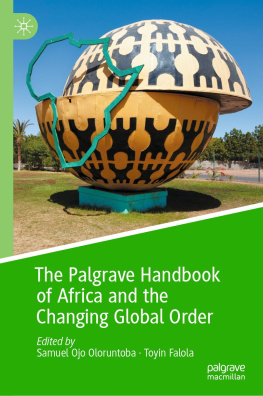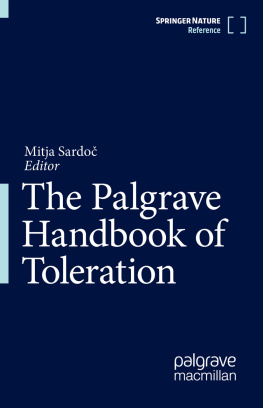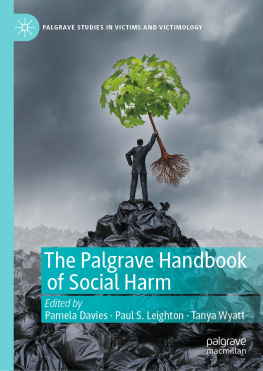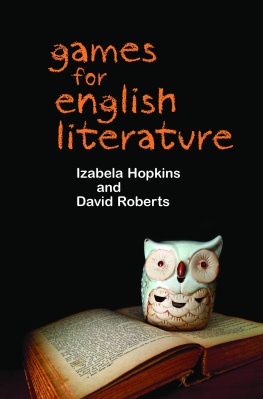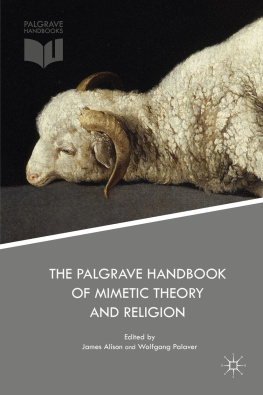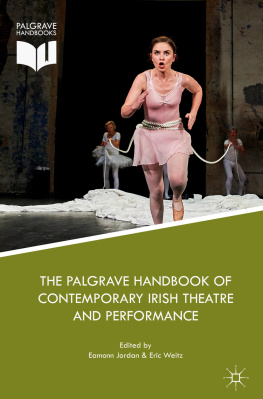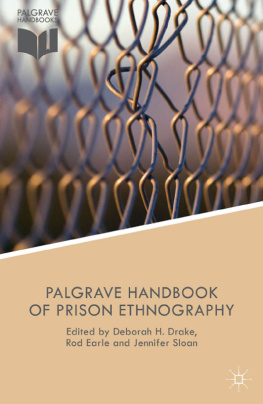Palgrave Studies in Creativity and Culture
Series Editors
Vlad Petre Glveanu
Department of Psychology, Webster University, Geneva, Switzerland
Brady Wagoner
Communication and Psychology, Aalborg University, Aalborg, Denmark
Both creativity and culture are areas that have experienced a rapid growth in interest in recent years. Moreover, there is a growing interest today in understanding creativity as a socio-cultural phenomenon and culture as a transformative, dynamic process. Creativity has traditionally been considered an exceptional quality that only a few people (truly) possess, a cognitive or personality trait residing inside the mind of the creative individual. Conversely, culture has often been seen as outside the person and described as a set of things such as norms, beliefs, values, objects, and so on. The current literature shows a trend towards a different understanding, which recognises the psycho-socio-cultural nature of creative expression and the creative quality of appropriating and participating in culture. Our new, interdisciplinary series Palgrave Studies in Creativity and Culture intends to advance our knowledge of both creativity and cultural studies from the forefront of theory and research within the emerging cultural psychology of creativity, and the intersection between psychology, anthropology, sociology, education, business, and cultural studies. Palgrave Studies in Creativity and Culture is accepting proposals for monographs, Palgrave Pivots and edited collections that bring together creativity and culture. The series has a broader focus than simply the cultural approach to creativity, and is unified by a basic set of premises about creativity and cultural phenomena.
More information about this series at http://www.palgrave.com/gp/series/14640
Editors
Izabela Lebuda
Institute of Psychology, University of Wrocaw, Wrocaw, Poland
Vlad Petre Glveanu
Department of Psychology, Webster University Geneva, Bellevue, Switzerland
Palgrave Studies in Creativity and Culture
ISBN 978-3-319-95497-4 e-ISBN 978-3-319-95498-1
https://doi.org/10.1007/978-3-319-95498-1
Library of Congress Control Number: 2018960442
The Editor(s) (if applicable) and The Author(s) 2019
This work is subject to copyright. All rights are solely and exclusively licensed by the Publisher, whether the whole or part of the material is concerned, specifically the rights of translation, reprinting, reuse of illustrations, recitation, broadcasting, reproduction on microfilms or in any other physical way, and transmission or information storage and retrieval, electronic adaptation, computer software, or by similar or dissimilar methodology now known or hereafter developed.
The use of general descriptive names, registered names, trademarks, service marks, etc. in this publication does not imply, even in the absence of a specific statement, that such names are exempt from the relevant protective laws and regulations and therefore free for general use.
The publisher, the authors and the editors are safe to assume that the advice and information in this book are believed to be true and accurate at the date of publication. Neither the publisher nor the authors or the editors give a warranty, express or implied, with respect to the material contained herein or for any errors or omissions that may have been made. The publisher remains neutral with regard to jurisdictional claims in published maps and institutional affiliations.
Cover illustration: artvea/gettyimages
This Palgrave Macmillan imprint is published by the registered company Springer Nature Switzerland AG
The registered company address is: Gewerbestrasse 11, 6330 Cham, Switzerland
List of Figures
Fig. 4.1 A simple directed graph with nodes and edges labeled
Fig. 4.2 An undirected graph with three subgroups
Fig. 5.1 Growth of research studies using diary methods from 1985 to 2018
Fig. 5.2 Hypothetical aggregated data of 100 participants
Fig. 5.3 Fictitious data of four participants of diary study who participated in a creativity training program
Fig. 5.4 Fictitious data of four participants demonstrating day-to-day changes in self-reported creativity
Fig. 6.1 The hypothetical model of the relationship between imaginative play and sociometric status
Fig. 9.1 Serial reproduction chain for an ancient Egyptian hieroglyph
Fig. 9.2 Comparison of serial reproduction chains resulting from different task instructions
Fig. 9.3 Add something series from Buenos Aires
Fig. 9.4 Changing faces of the regime by Omar Picasso
Fig. 9.5 The blue bra becomes a simplified symbol of empowerment
Fig. 9.6 Transformations of Tank vs. Biker from 2011 to 2012
Fig. 13.1 Selected avatar in both Proteus studies according perceived creativity and gender
Fig. 13.2 Number of generated ideas according to the creativity of the participants avatar and the experimenters avatar
Fig. 13.3 Virtual version of the traditional clothing worn by engineering students
Fig. 14.1 Evaluation and selection condition effects on the originality of the solution selection based on the teams assessment of the originality of the selected solution
Fig. 14.2 Evaluation and selection condition effects on the originality of the solution selection based on experts assessment of the originality of the selected solution

